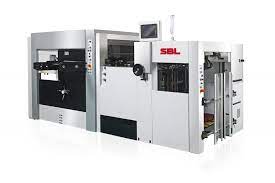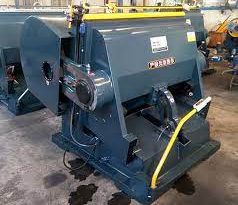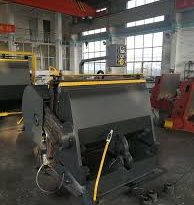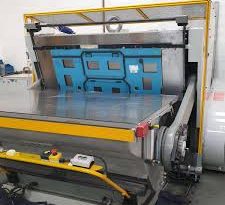The Strategic Impact of Die-Cutting Machines on Modern Industries
Die-cutting machines have become a strategic asset in modern manufacturing, enabling businesses to achieve high levels of precision, efficiency, and customization in their production processes. These machines are critical in transforming a variety of materials into complex shapes and designs, meeting the demands of industries such as packaging, automotive, electronics, and textiles. The essence of die-cutting lies in its ability to produce consistent and repeatable high-quality cuts, a factor that significantly contributes to operational excellence and product innovation.
At the heart of die-cutting machines’ functionality is the die itself, a specialized tool that is crafted to match the exact contours of the desired shape. This process allows for the meticulous cutting of materials, ranging from thin paper to thick metal sheets, with remarkable accuracy. The precision offered by die-cutting machines minimizes waste and optimizes material usage, underlining the machines’ role in promoting sustainable manufacturing practices.
The versatility of die-cutting machines is another key factor that amplifies their strategic importance. Capable of handling a wide range of materials and complexity levels, these machines support a variety of production needs, from small, custom orders to large-scale runs. This flexibility makes die-cutting machines indispensable in industries where product differentiation and rapid response to market trends are crucial for success.
Advancements in automation and digital technology have further enhanced the capabilities of die-cutting machines. Modern machines are often equipped with digital controls and software integration, allowing for precise adjustments and real-time monitoring of the cutting process. This technological integration not only boosts productivity but also enables the seamless incorporation of die-cutting into smart manufacturing systems, aligning with Industry 4.0 principles.
The strategic value of die-cutting machines extends beyond their technical capabilities. By facilitating the rapid production of prototypes and enabling cost-effective customization, die-cutting machines empower businesses to innovate and adapt quickly to changing market demands. This agility is essential in today’s competitive landscape, where the ability to swiftly bring new and tailored products to market can be a significant differentiator.
In summary, die-cutting machines play a pivotal role in the modern industrial ecosystem, driving efficiency, sustainability, and innovation across various sectors. Their precision, versatility, and integration with advanced technologies make them a key strategic tool for companies looking to enhance their production capabilities and maintain a competitive edge. As manufacturing continues to evolve, the significance of die-cutting machines in enabling technological advancement and strategic innovation is set to grow, marking them as a cornerstone of industrial progress.



